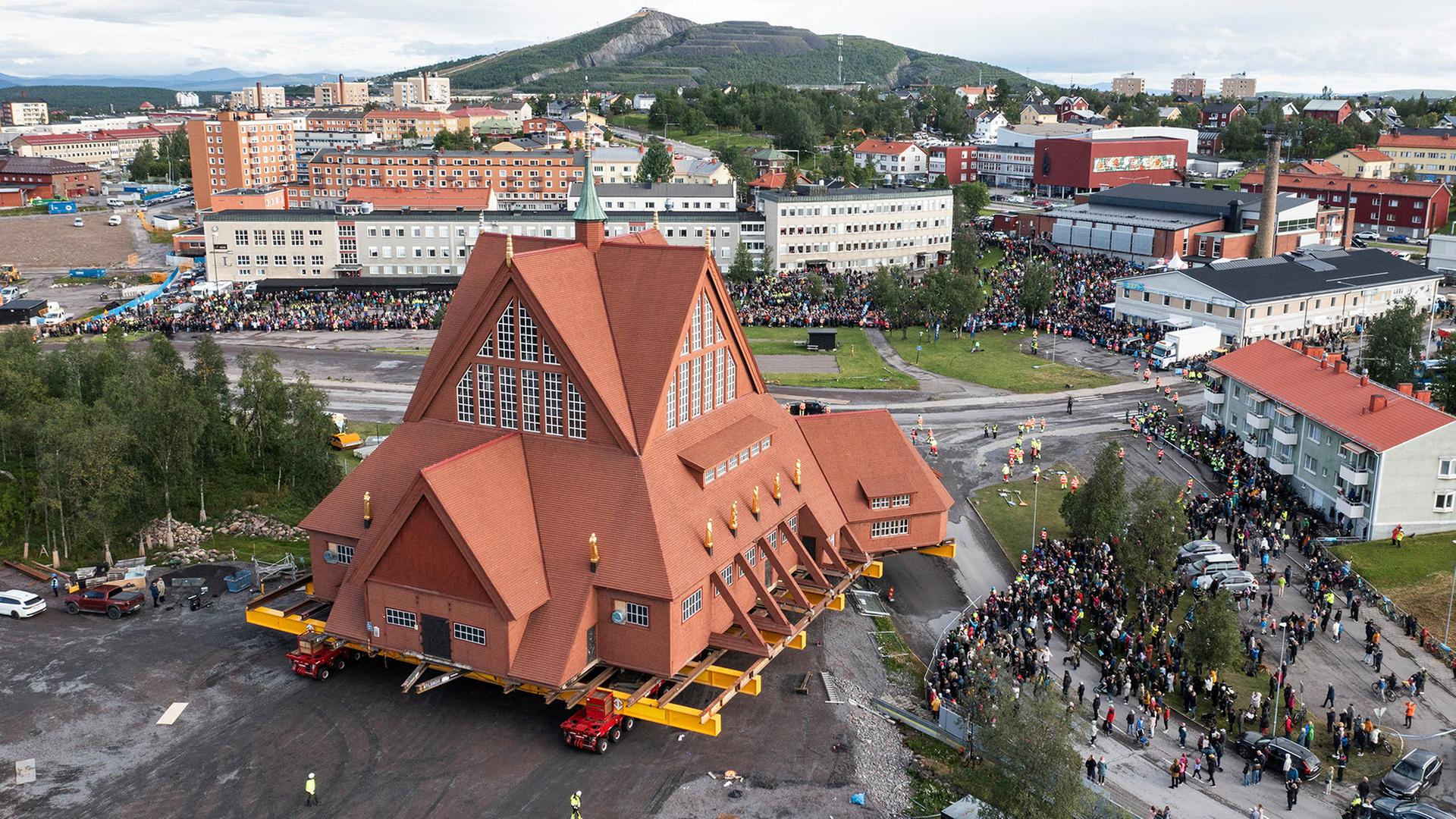
Introduction
Kiruna, the northernmost town in Sweden, is drawing increasing attention from tourists and researchers alike for its unique geography, culture, and the famous Icehotel. Nestled above the Arctic Circle, Kiruna offers visitors a glimpse into a shimmering world defined by icy landscapes and the vibrant culture of the Sámi people. Its relevance in discussions about climate change and sustainable tourism only accentuates its importance in today’s world.
The Icehotel and Tourism Growth
One of the most remarkable features of Kiruna is the Icehotel, a stunning construction made entirely of ice and snow. Originally opened in 1989, the Icehotel has been rebuilt each winter, showcasing remarkable architectural designs created by artists from around the globe. This iconic structure attracts thousands of visitors each year, eager to experience sleeping on ice beds and enjoying drinks served in glasses carved from frozen blocks. Recent tourism statistics indicate a significant rise in visitors—over 40,000 guests stay at the Icehotel annually, alongside those who participate in various winter sports, northern lights tours, and Sámi cultural presentations.
Impact of Mining Operations
However, the growth of Kiruna is not without challenges. The town is undergoing a major transformation due to mining operations from the nearby LKAB iron ore mine, which has been in operation since the early 20th century. As ore extraction extends deeper underground, it has caused significant land subsidence, leading to the relocation of several buildings, including the historic Kiruna Church and portions of the town centre. This has ignited conversations regarding the future of Kiruna, with plans to shift the town two kilometres to the east to avoid the mine’s impact.
Future Prospects
The transformation of Kiruna offers a unique case study in balancing industrial demands with the preservation of cultural and environmental integrity. Recent initiatives have placed a strong emphasis on sustainable tourism and practices to minimise the impact of mining on the environment. As discussions continue about Kiruna’s relocation and overall development, it is essential for the local community, government, and industries to work collaboratively to ensure the town’s future is both sustainable and reflects its rich cultural heritage.
Conclusion
Kiruna stands at a crossroads, embracing modernity while rooted in tradition. Its significance as a hub for tourism, cultural exchange, and discussions on sustainable practices cannot be understated. As the world continues to grapple with the impacts of climate change and industrialisation, Kiruna serves as an intriguing model of resilience and adaptation in the face of inevitable change. Visitors to this northern gem will not only experience its enchanting beauty but will also take part in the ongoing story of a city evolving through both challenge and opportunity.
You may also like

Exploring Monmouth: History, Attractions and Community

Understanding Glasgow Airport and Its Significance
